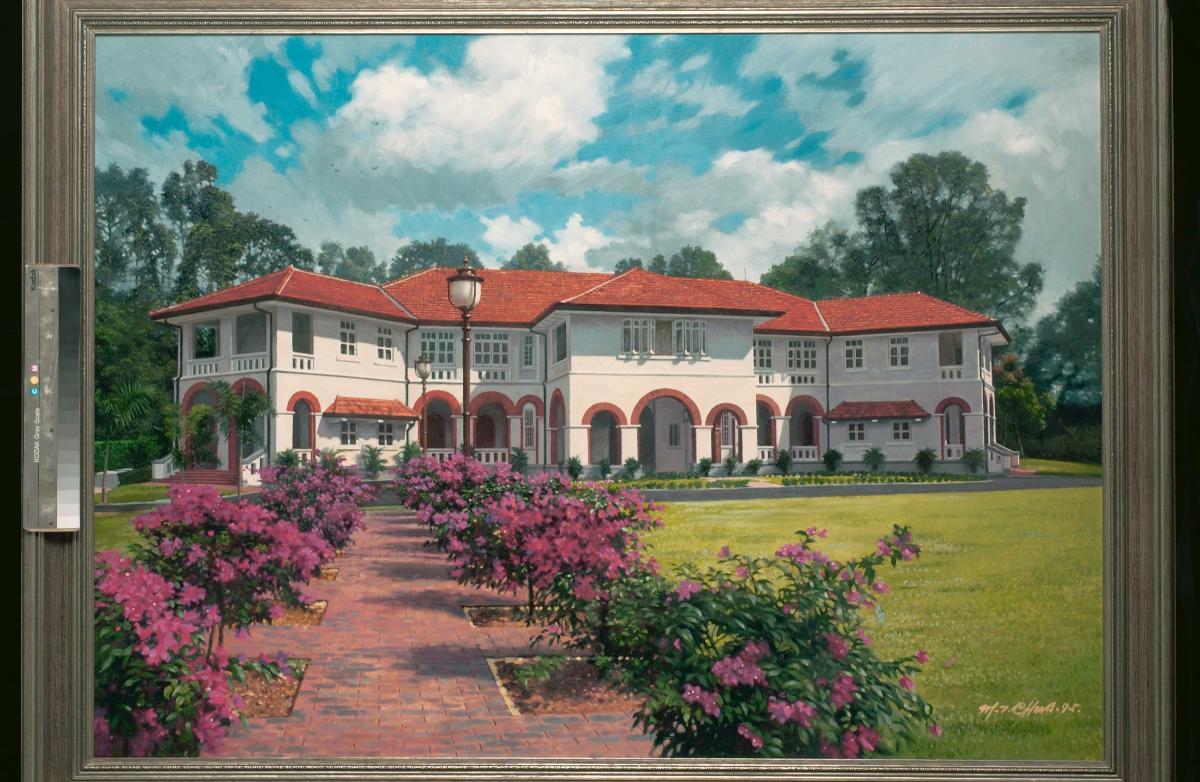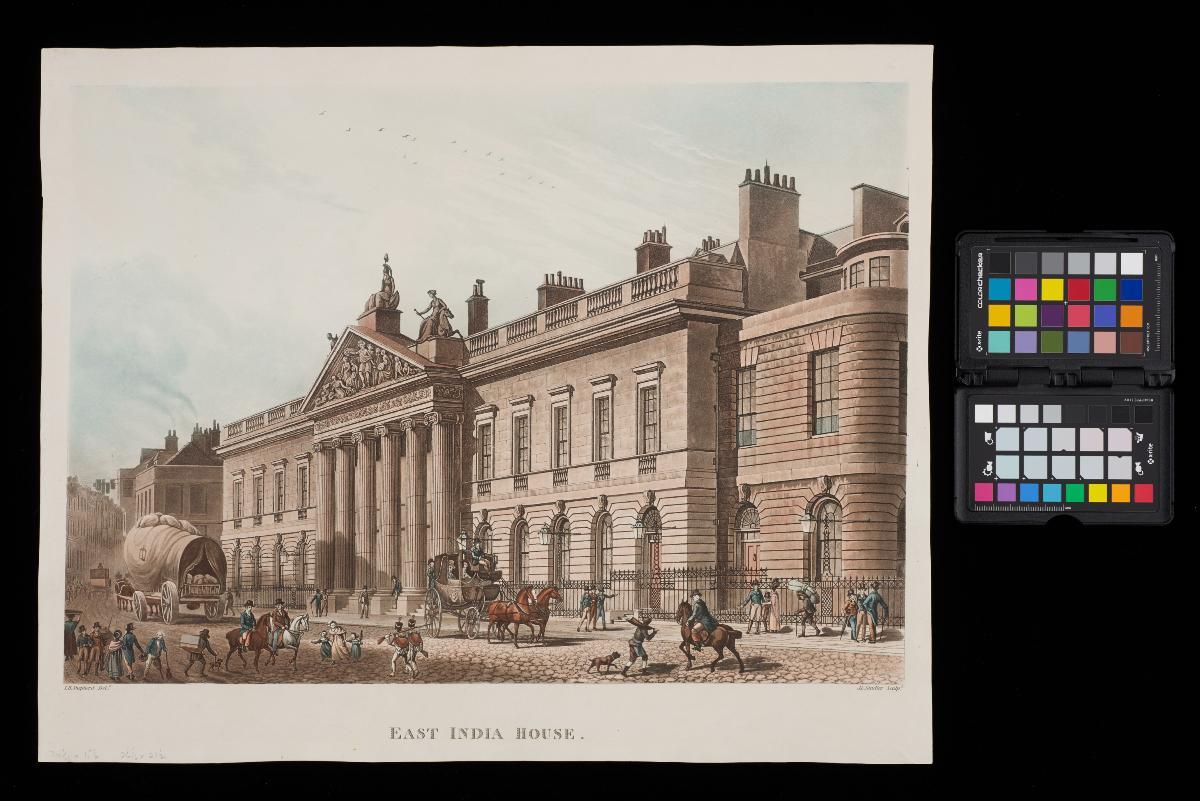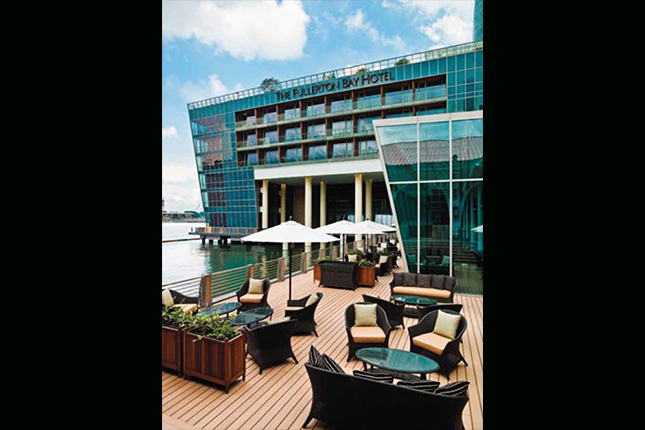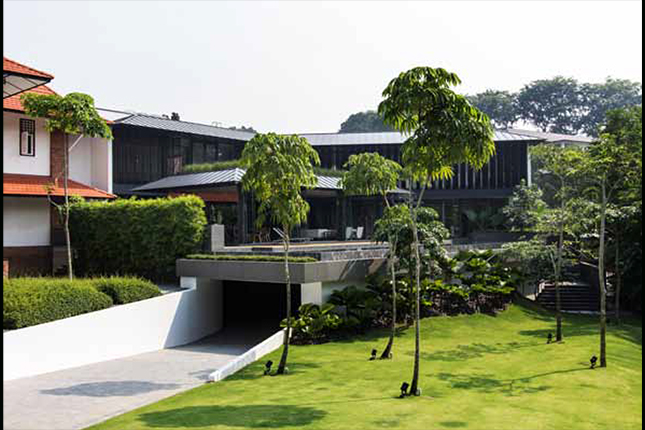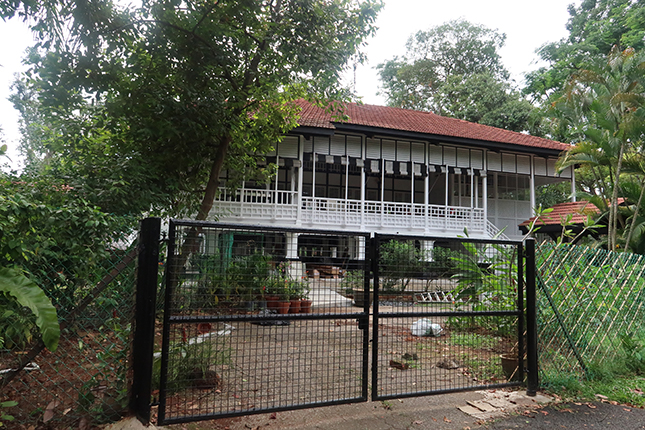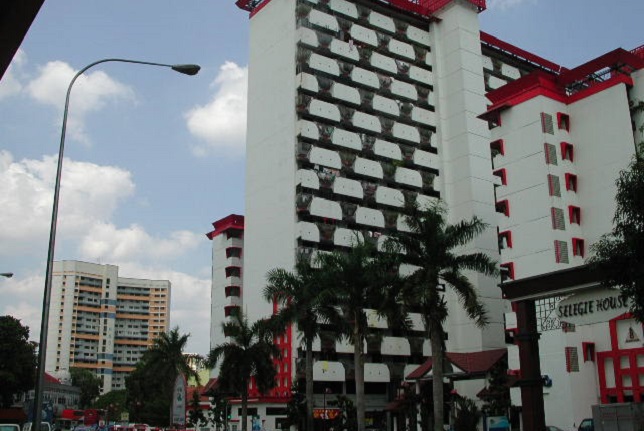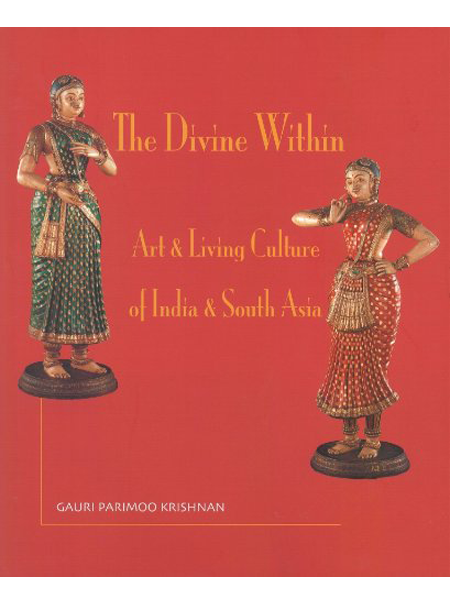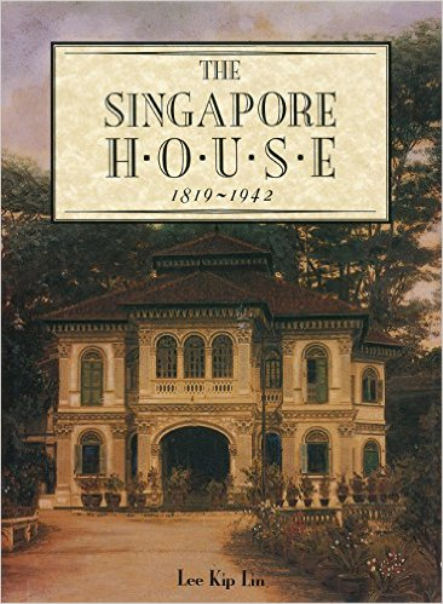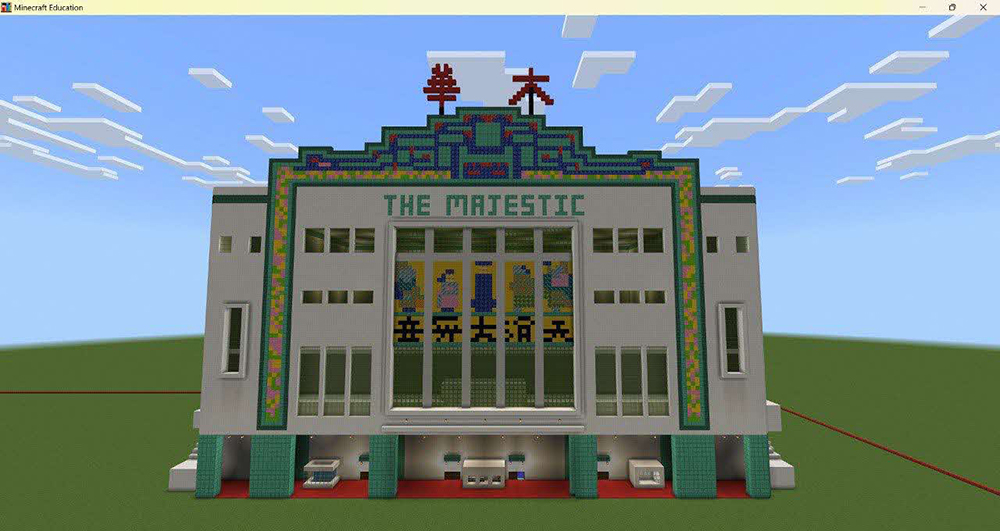Sitting on more than 1.2 hectares of land in serene surroundings, the function of the historical tropical Tudorbethan bungalow at 2 Peirce Road is easily identifiable by the flag of India that hangs at the front of the house. This majestic bungalow is the official residence of the High Commissioner of India to Singapore.
The two-storey bungalow built by Williams & Steadman is believed to be commissioned back in 1911 by Ong Sam Leong, a wealthy and respected Chinese businessman. The entire estate was sold to the Government of India in 1948.
Since then, the bungalow has acted as the residence of India’s governmental representative in Singapore, apart from several years when the house–damaged substantially by a falling tree–was deemed structurally unsound. The bungalow was also known by the name “Bharat Bhawan”.
Led by architect Steven Siow, a team of architects, contractors and project managers was commissioned in 2007 to restore the house to its original condition. It was no easy feat, working without the original blueprint and guided only by historical records, the team managed to piece together an architectural documentation of the property.
They took pains to reinstate the original elements of the house: its materials comprised mainly bricks and timbre, typical of the early 1900s. Architectural elements such as traditional colonial ceilings and polygonal turrets were preserved to maintain the authenticity of the house.
Additionally, certain interior pieces were retained. Tiles from the living room, as well as a grand mirror, were installed within the restored home as permanent keepsakes.
In a contemporary twist, a new modern wing was seamlessly added to the back of the house. Joined to the original structure via a courtyard complete with reflective pond and fountain, both the original house and its extension harmoniously replicate the former’s historic architectural style.
All in all, the reconstruction took two years, spanning from 2007 to 2009. In recognition of the team’s painstaking efforts, the bungalow was awarded with the Architectural Heritage Award in 2009 by the Urban Redevelopment Authority (URA).
Buildings and sites featured on Roots.SG are part of our efforts to raise awareness of our heritage; a listing on Roots.SG does not imply any form of preservation or conservation status, unless it is mentioned in the article. The information in this article is valid as of October 2019 and is not intended to be an exhaustive history of the site/building.





